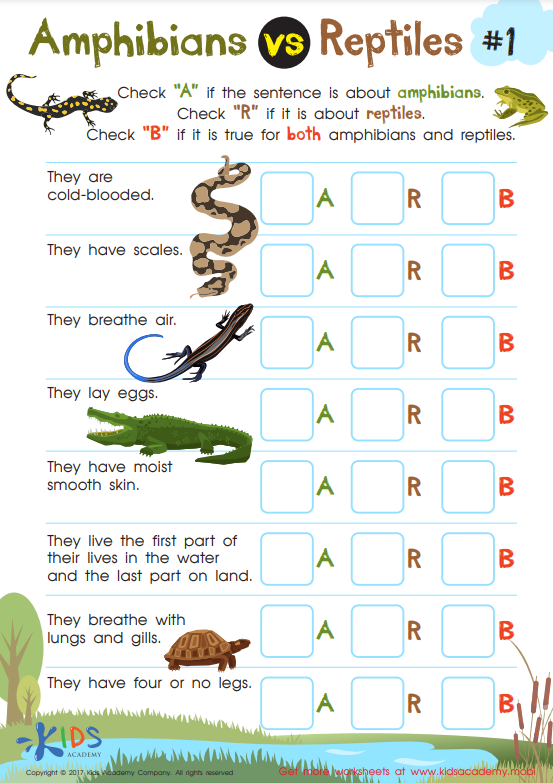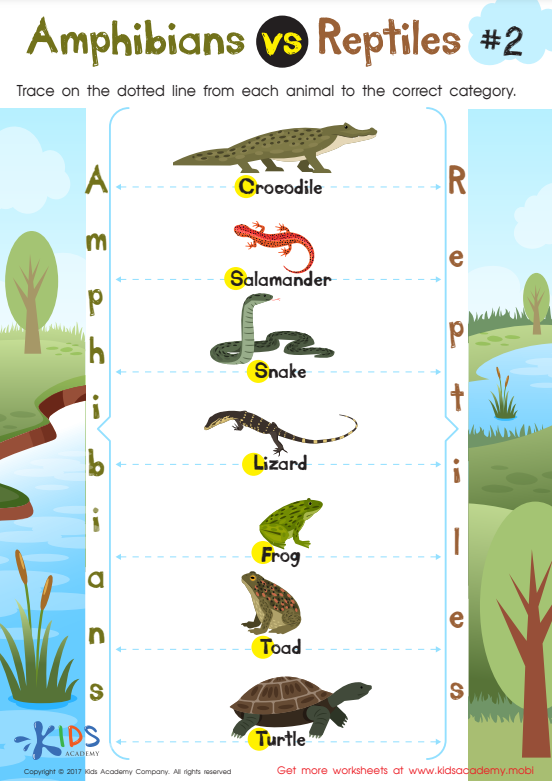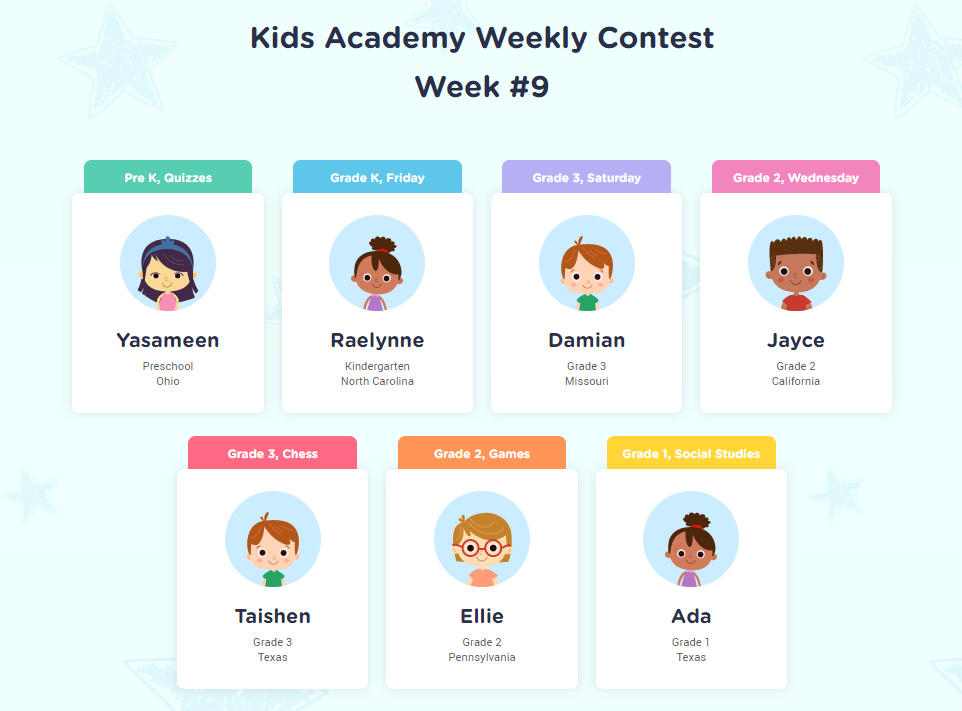Life Science for Third-Graders: Reptiles and Amphibians
July 5, 2022
Crocodiles, snakes, frogs, and turtles are common animal characters often encountered by children in fables, short stories, and famous nursery rhymes. Our young learners may be familiar with how these animals look and where they live but there's still a lot of things third graders need to know about these wonderful reptiles and amphibians.
This article aims at giving your child a glance at the crucial role of both reptiles and amphibians in the ecosystem along with everything there is to know about these amazing creatures. The article at Kids Academy entitled “Major Animal Groups Your Kids Should Know” introduces other major animal groups that comprise the Kingdom Animalia as well as the significant differences between vertebrates and invertebrates.
Reptiles
Before starting a discussion with your child, it is recommended to first let your child watch or read something which features commonly encountered reptiles which include crocodiles, snakes, and turtles. This will serve as a motivating activity which will effectively increase the child’s engagement and interest throughout the discussion.
A reptile is a cold-blooded vertebrate. This simply means that a reptile is an animal with a backbone and incapable of regulating its own internal body temperature. As an ectothermic creature, reptiles don’t have the capacity to survive in extreme temperature conditions. Most reptiles are covered with scales such as lizards and snakes while some others are geared with bony plates such as the shell of a turtle and the sturdy back of alligators and crocodiles. These strong bone-like dermal structures are technically referred to as osteoderms wherein its main function is to provide an extra layer of protection.
Reptiles can be found in various forms and types of habitat. In fact, these ectothermic creatures can be found in all continents except antarctica. Saltwater crocodiles, sea turtles, sea snakes, alligators, and marine iguanas live in aquatic habitats. On the other hand, bearded dragons, gila monsters, western banded geckos, and chuckwallas thrive in the desert whereas tortoises, most species of snakes, caiman lizards, and tegus are found in rainforests. Most reptiles such as the crocodilians and snakes are carnivores feeding off insects and other animals. Meanwhile tortoises and turtles eat vegetables, fruits, and fungi being herbivorous reptiles. It is important to note that reptiles are among the most amazing creatures here on earth. Snakes can slither about 12.5 miles per hour, chameleons can change color as a defense mechanism, and the crocodiles with their 60 teeth have the strongest bite in the animal world.
Amphibians
Same with reptiles, amphibians are cold-blooded vertebrates. But what makes amphibians strikingly different or unique compared to other major groups of animals namely fish, birds, mammals, and reptiles is that amphibians live in both water and on land. One unique characteristic of amphibians is their moist thin skin which helps them absorb water and breathe simultaneously. Their skin is equipped with a mucus gland which keeps it moist in order to efficiently absorb dissolved oxygen in the air.
Amphibians reproduce by laying unshelled eggs in water. Larvae or tadpoles then swim into the aquatic habitat to thrive. These younglings have gills to help them breathe underwater. As they grow into adults, legs develop as well as lungs to help them survive in a terrestrial environment. Tadpoles is the term used to refer to young amphibians. These larvae eat mostly bacteria and algae. When they become adults, the amphibian diet is generally composed of worms, slugs, bugs, spiders, other frogs, snails, and even birds. Best examples of amphibians are newts, salamanders, frogs, and toads.
Amphibians got their name from the Greek word ‘amphibious’. The term ‘amphi’ means life and ‘bios’ which refers to life. This is simply because amphibians, as discussed earlier, spend a significant time of their lives both in water and on land. Amphibian eggs are mainly composed of a jelly-like substance which is why the animals under this group lay their eggs in water or at least in damp locations. Although amphibians are widely distributed all over the world, most of them are found in warmer regions but with high annual rainfall.
Reptiles and amphibians are indeed amazing creatures. In fact, these two major groups of animals play a crucial role in both terrestrial and aquatic ecosystems. Since reptiles and amphibians thrive in these two systems, and play both roles of prey and predator depending on the species, these two major groups of animals serve as integral components in the simultaneous energy transfers between the two biological communities. To better support your child’s knowledge retainment regarding this lesson, introduce these fun and engaging Amphibians vs Reptiles learning worksheets for 3rd grade by kids Academy.













